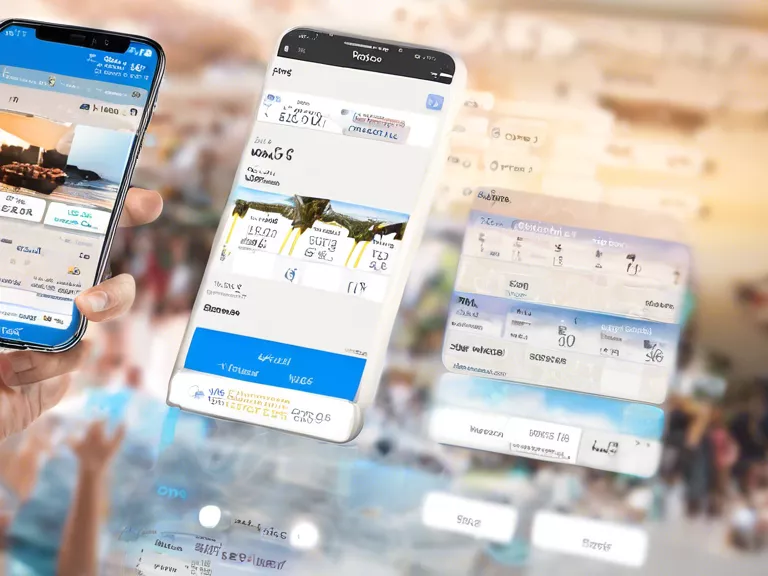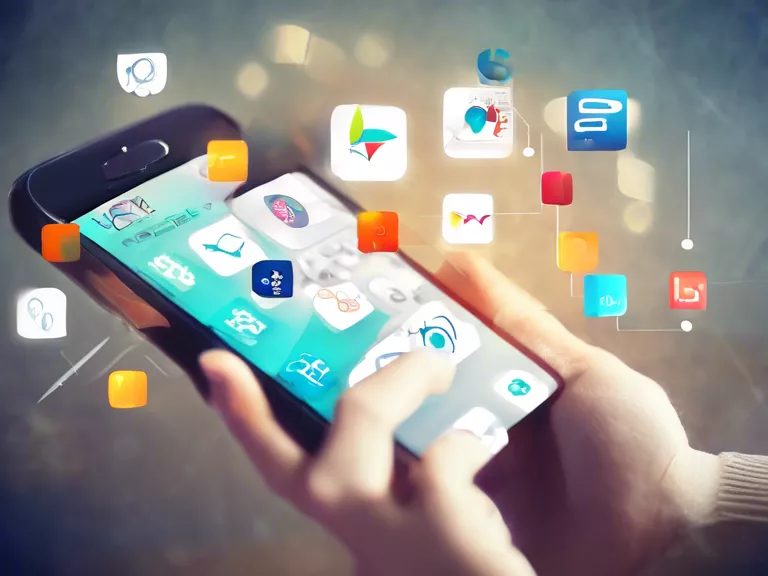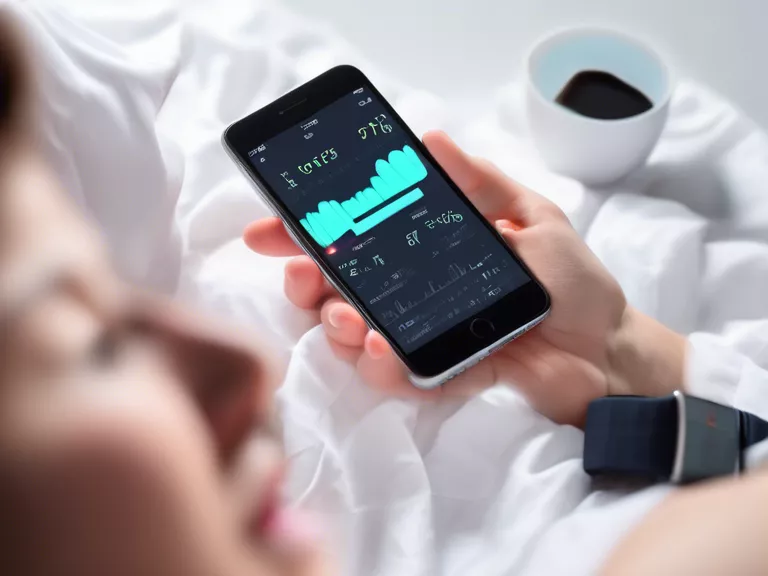
As technology continues to advance, managing personal finances has become easier and more convenient, thanks to various mobile apps. These apps can help users stay on top of their budgets, track expenses, and monitor their financial health. In this article, we will discuss how to effectively use mobile apps for budgeting and managing personal finances.
First and foremost, it is essential to choose the right app that suits your financial needs. There are several budgeting apps available, each offering unique features such as expense tracking, bill reminders, and customizable budget categories. It is important to research and read reviews to find an app that aligns with your financial goals.
Once you have selected an app, the next step is to input your financial information. This includes your income, expenses, debts, and savings goals. Many apps allow you to link your bank accounts, credit cards, and investment accounts, making it easy to track your transactions automatically. It is crucial to regularly update this information to ensure accurate budgeting and financial management.
After setting up your accounts, you can begin creating a budget and categorizing your expenses. Most budgeting apps allow you to set spending limits for each category, track your progress, and receive notifications when you exceed your budget. By monitoring your spending habits, you can identify areas where you can cut back and save more money.
In addition to budgeting, many mobile apps offer tools for monitoring your financial health, such as credit score tracking and investment portfolio analysis. These features can help you make informed decisions about your finances and work towards achieving your long-term financial goals.
In conclusion, mobile apps are powerful tools for budgeting and managing personal finances. By selecting the right app, inputting your financial information, creating a budget, and utilizing additional features, you can take control of your finances and build a solid financial foundation for the future.



